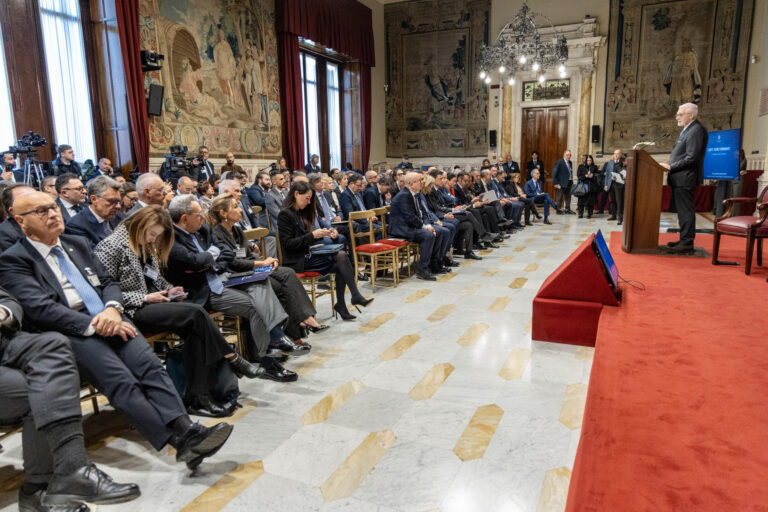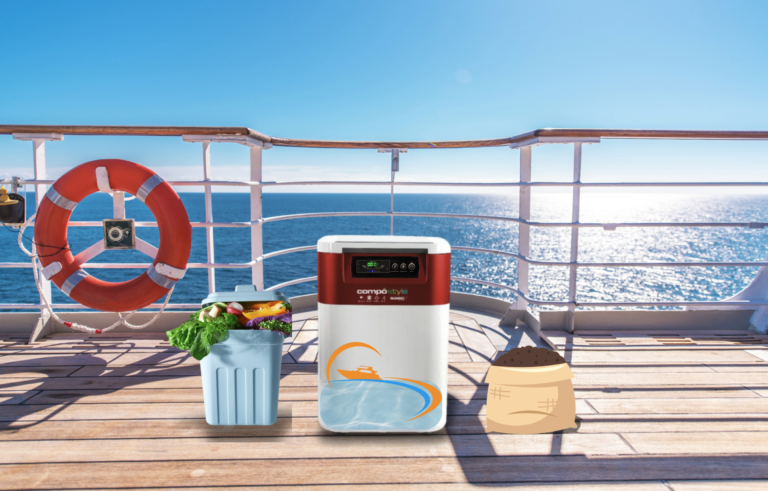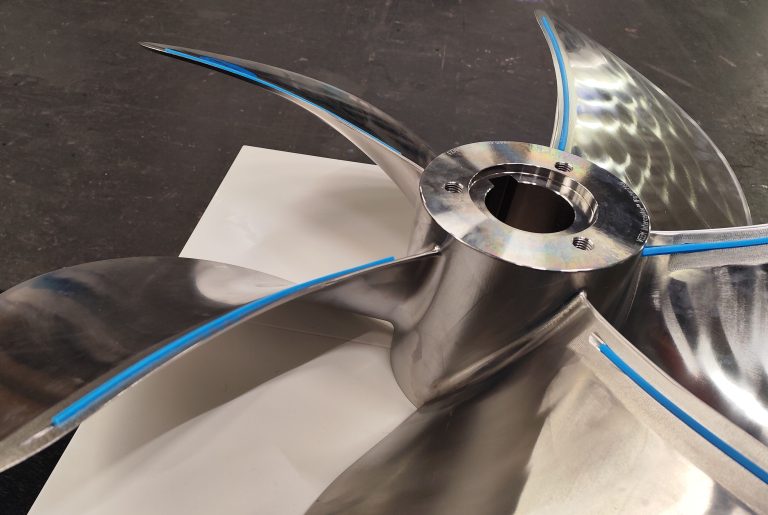Operating for more than 45 years, Inglas Vetri of Santa Maria a Monte is a leading manufacturer of curved glass. Its products find applications in numerous sectors and more recently, with a considerable degree of specialization, in the nautical one too
Inglas Vetri is leader in the creation of curved glass. Thanks to the company’s ability to meet the demands of a diverse and increasingly specialized customer base, it has carved out a primary role for itself in the marine industry.
Quality workmanship and a high standard of safety have enabled the Italian company to successfully expand its market to many foreign countries as well.
Inglas Vetri also offers designers and clients a consulting and support service to identify the most appropriate solutions for each project on a case-by-case basis.

Boating and transportation
The range of possible manufactures allows for the production of high-performance, beautifully designed marine glass suitable for all kinds of applications on boats: from windshields and portholes to glass doors dividing interior cabins and decks. External chemical treatments also allow adequate protection of surfaces against salt corrosion.
Safety must always be ensured. In the maritime sector, glass must be applied in the most appropriate ways according to its special characteristics (dimensional stability, weight, flexibility).

Patented One Way marine glass – which is particularly suitable for applications on boats, yachts, and general vessels – is one of Inglas Vetri’s latest innovations.
It allows the outside view from inside the boat but not vice versa; thus, a high degree of privacy can be enjoyed while not giving up the view of the panorama.
Its special processing involves inserting a film with small holes in it, black on the inside and white on the outside, into the layering. From the outside, the glass looks glossy white in continuity with the white color of the hull.

Layering of materials
Layering technology with PVBs and rigid plastics also enables layering of various types of glass and marble, especially onyx. In these cases, the dimensions are determined by the slabs of the marbles or onyxes chosen.
Inglas Vetri’s production also includes special ceramic glass – capable of diffusing light, that can be used for backlit walls, for instance – and curved silvered glass.
Regulations
From the furniture sector – shower stalls and glass doors, fittings for stores, offices, bars, and showrooms – the company has made designs for staircases and associated railings, partitions, and glass for the marine industry.
This broadening of the range of use and image of glass required standardized bending and layering characteristics. EN12600 gives regulatory guidance for uses in residential, commercial, bar and store furnishings, and marine construction.

Curved glass: sizes, thicknesses, and radii of curvature
By laying the panes on templates prepared according to the geometry to be obtained, and heating the panes inside the large static bending oven, the panes take the desired shape.
The minimum bend radium that can be adopted varies with thickness and, of course, increases as thickness increases (the thickness of the glass chosen is consequent to the size of the sheet):
- for slab thicknesses of 4 mm to 6 mm, a minimum radium of curvature of 10 cm can be produced;
- for slab thicknesses of 8 mm to 15 mm, the minimum radius increases to 30 cm.
- cylindrical with a constant radius;
- cylindrical to join one or two flat parts;
- cylindrical to join multiple radii;
- sinuous and contrasting;
- conical, and many others according to different project and design requirements.
It is possible to supply individual parts as well as serial parts. The glass panes for the nautical sector are made of tempered laminated glass in various thicknesses.
The temperature of curved glass is carried out by a chemical process: thus, high optical quality is guaranteed in addition to mechanical strength. The perimeter of the plates is normally finished with the placement of a screen print (compact or shaded).
Laminated and curved double glazing
Inglas’s production also includes curved double glazing composed of laminated as well as tempered sheets. The layering operation is carried out by laminating the sheets through PVB plastic material in various thicknesses or with SGP.
Such a solution, in addition to providing greater safety on the yacht, allows for a decrease in the thickness of the glass, resulting in a weight reduction and a lower total displacement of the boat.








